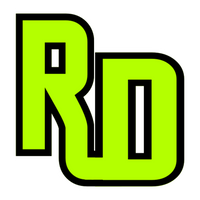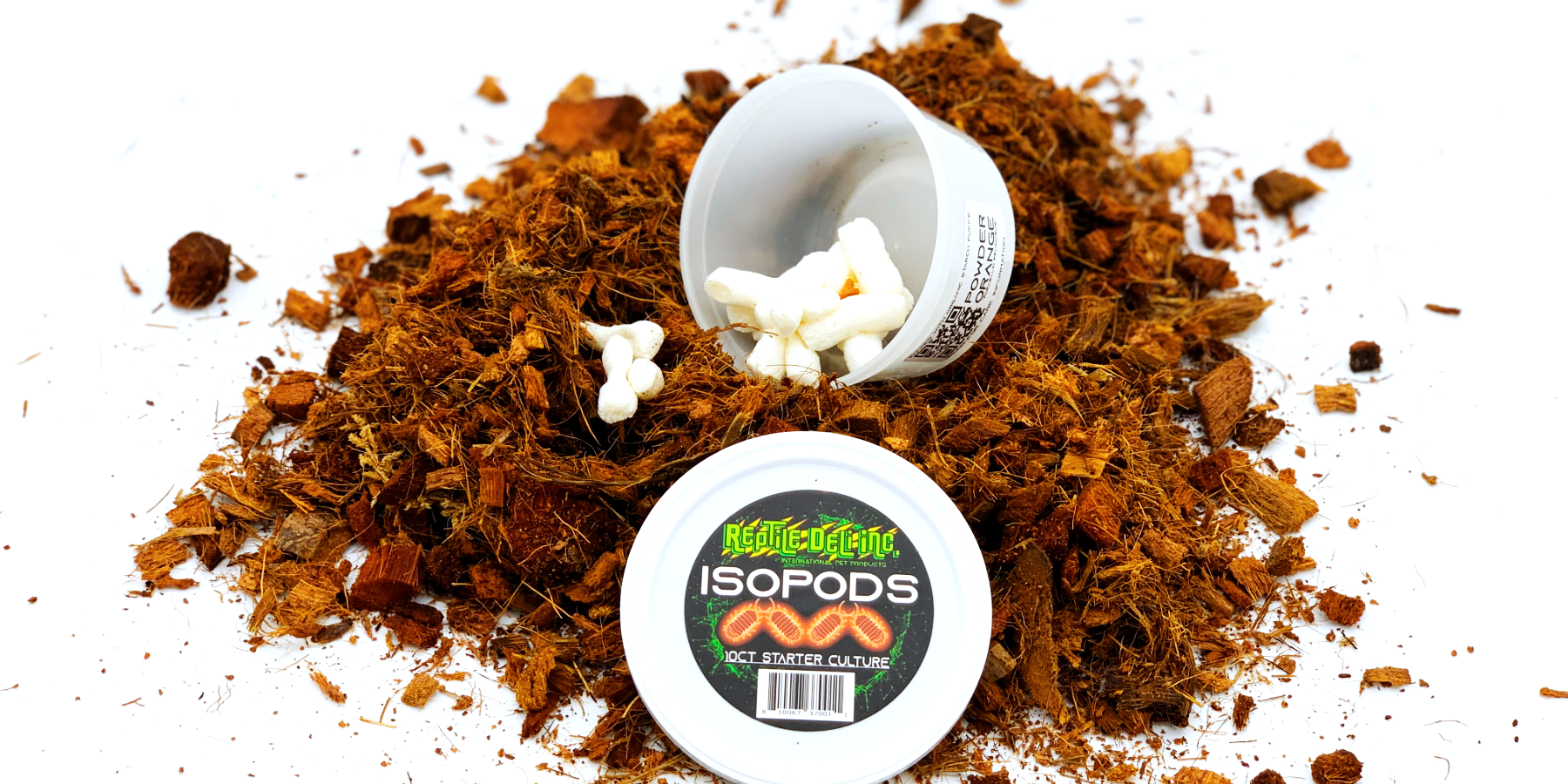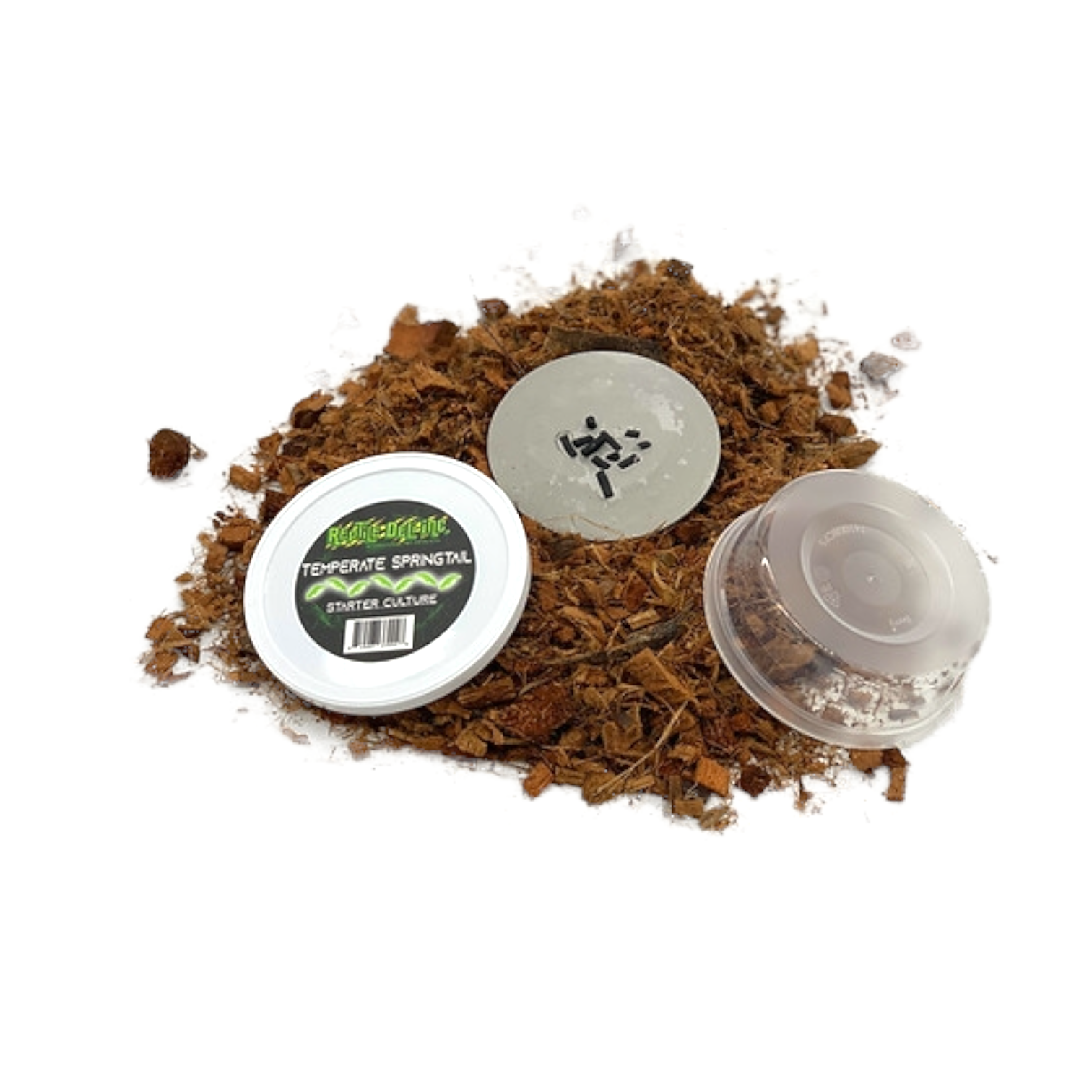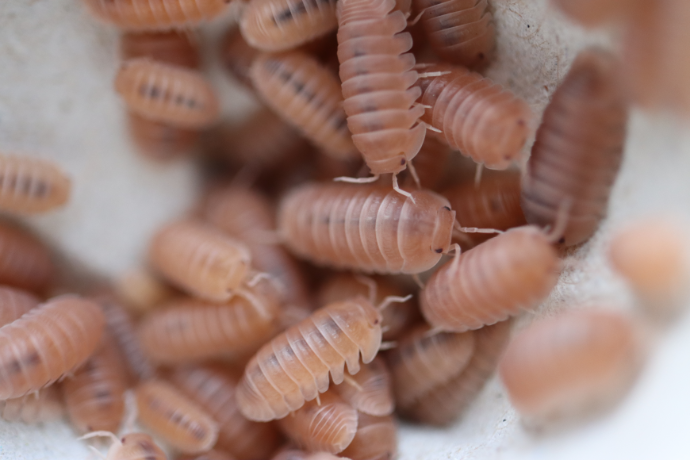How to Care for Baby Bearded Dragons
Care Sheet: Setting Up for a New Baby Bearded Dragon
Welcome to the wonderful world of bearded dragon ownership! These captivating and curious reptiles make fantastic pets. Following this guide will help ensure your new baby bearded dragon thrives in its new home.
1. Housing & Enclosure
- Enclosure Size: For a baby bearded dragon, a 20-gallon tank is a good starting point. While a larger tank (40-120 gallons or more) is ideal for a growing dragon, it's advised to divide the enclosure in half in the beginning, especially if you choose to go with a larger enclosure that is more suitable for the lifetime of the animal. This helps your new pet feel more secure and comfortable, reducing stress. You can use a divider to create a smaller, cozier space until they grow.
- Substrate: For babies, the safest and easiest-to-clean substrate is a non-particulate option. Recommended choices include:
- Paper towels (easy to replace and clean)
- Reptile carpet (be sure to wash it weekly)
- Newspaper (inexpensive and absorbent)
- Decor: Provide a secure basking spot, such as a log, rock, or branch. Include a hide to give your dragon a place to retreat and feel secure. Ensure all decor is stable and won't topple over.
2. Lighting and Heating
Bearded dragons are ectothermic, meaning they rely on their environment to regulate their body temperature. Proper lighting and heating are crucial for their health.
- Basking Spot: The basking spot should have a temperature of 105-110°F (40.5-43.3°C). Use a basking light to achieve this. A digital thermometer with a probe is essential for accurately measuring this temperature.
- Cool Side: The cool side of the enclosure should be between 75-85°F (24-29.4°C). This temperature gradient allows the dragon to move around and regulate its body temperature.
- Nighttime Temperatures: For the first four months of life, a nighttime temperature of 75-80°F (24-27°C) is recommended. After this period, anywhere between 70-75°F (21-24°C) is safe. If your home gets colder, a ceramic heat emitter or a heat projector (which emits heat but no light) is a safe option. Never use a colored light (like red or blue) at night, as this can disrupt their sleep cycle.
- UVB Lighting: This is non-negotiable! Bearded dragons need a high-output UVB bulb to synthesize Vitamin D3, which is essential for calcium absorption and preventing Metabolic Bone Disease (MBD). It is recommended to use a high output T5 fixture that spans at least 2/3 of the enclosure. Place it alongside the basking light. The bulb should be replaced every 6-12 months, as its UVB output diminishes over time.
3. Feeding Regimen
Baby bearded dragons need a diet rich in protein to support their rapid growth. The general rule is 80% insects and 20% greens/vegetables.
- Insects: Baby dragons should be offered live, appropriately sized insects 2-3 times daily. Offer as many insects as they can eat in a 10-15 minute period. A small bowl of mealworms can be offered at all times to provide a snack between feedings if they get hungry.
- Staple Feeders: Dubia roaches and crickets are excellent staples.
- Treat Feeders: Appropriate-sized superworms and hornworms can be offered sparingly as treats.
- Greens: Provide a small, fresh salad of greens daily.
- Staple Greens: Collard greens, mustard greens, turnip greens, dandelion greens, arugula, and cilantro.
- Avoid: Lettuce (low nutritional value) and spinach/kale (can inhibit calcium absorption).
Supplements:
- Calcium: Dust all insects with a calcium powder (without D3) 5-6 times a week.
- Multivitamin: Dust insects with a reptile multivitamin powder once a week.
4. Water and Soaking
- Water Dish: A small, shallow water dish can be kept in the cool side of the enclosure, but many dragons don't drink from it. Misting the greens and their enclosure can also help with hydration.
- Soaking: We recommend soaking baby dragons daily, five days out of the week, in a shallow bath (no deeper than their shoulder) of lukewarm water (about 90-95°F or 32-35°C). This is a crucial step as dehydration is one of the main causes of issues in baby bearded dragons. The warm water also helps to move their digestive system along. Always supervise your dragon during soaks and ensure they can safely get out of the water if needed.
5. Handling
Start with short, gentle handling sessions. Support their entire body, and avoid grabbing them from above, as this can be perceived as a predator. With consistent, calm handling, your baby bearded dragon will become more comfortable and friendly.
6. When to Seek Veterinary Care
Be on the lookout for signs of illness, such as:
- Lethargy or loss of appetite
- Discolored stools or diarrhea
- Lumps or bumps on the body
- Swollen limbs or jaw (a sign of MBD)
- Difficulty breathing
If you notice any of these symptoms, consult a qualified reptile veterinarian immediately. Regular vet check-ups are also a good idea to ensure your pet is healthy and thriving.




